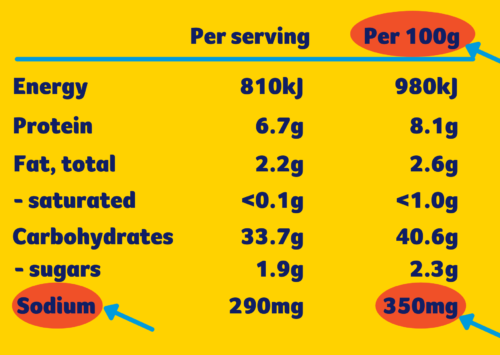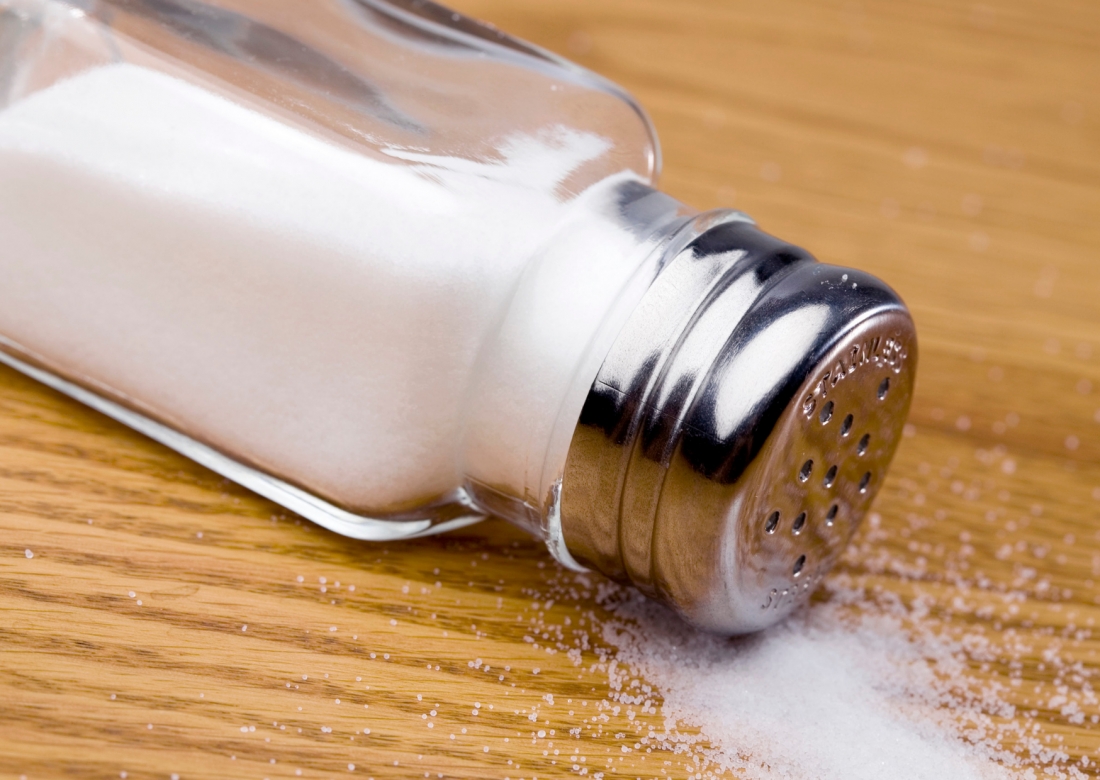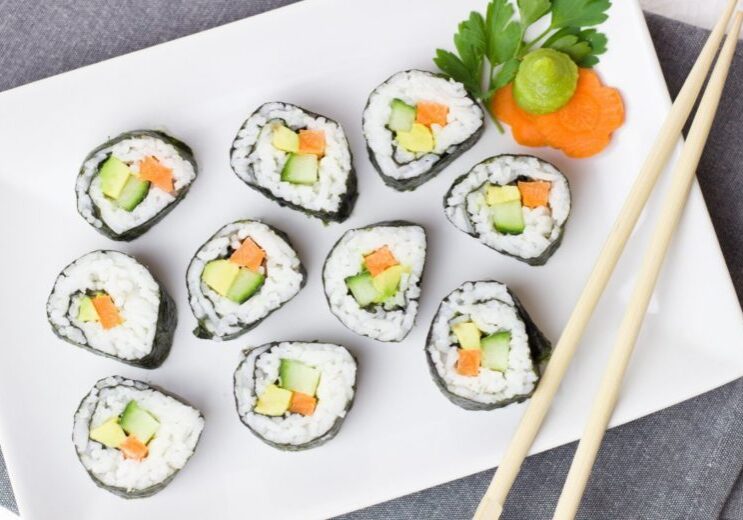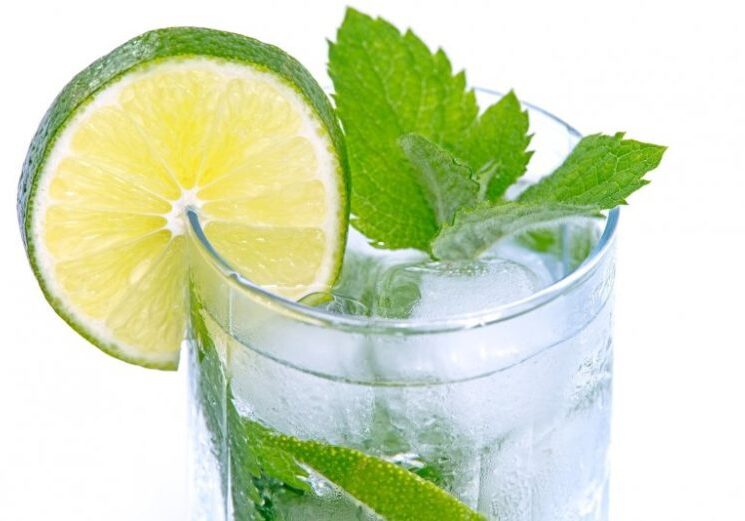Did you know that children, more so than adults, are more likely to eat more salt than is recommended? While we need small amounts of salt for our bodies to work, most of us eat a lot more than we need. Eating too much salt can lead to high blood pressure, which is a risk factor for heart disease, stroke and chronic kidney disease. Sodium is part of salt and is used as an alternative word for ‘salt’ on food labels.
Start eating less salt today!
Try these easy tips to help lower your family’s salt intake.
Tip 1: Eat more fresh fruit and veg
Most of the salt that we eat comes from processed foods, so including more fresh foods like fruit and vegetables is a great way to lower your salt intake. Aim for 2 serves of fruit and 5 serves of vegetables every day. If fresh is not available or too expensive, you can use no added salt frozen or tinned veg and legumes like kidney beans or chickpeas.
Tip 2: Ditch the processed meats
Processed meats such as ham, salami and bacon tend to be very high in sodium and have been linked to bowel and stomach cancer. Ham and salami are a popular lunch box items, however we recommend avoiding these types of meat. See our healthy alternatives to ham for ideas on what to swap to.
Tip 3: Cook smarter
Limit using pre-prepared meals, meal starter kits and simmer and pasta sauces as these products are high in sodium. Most tinned and dried soups will provide two-thirds of a child’s recommended salt intake in one serve alone!
While these products can be really handy when you need dinner in a hurry, a good way to lower their salt content is to use only half the jar and bulk up the recipe with added vegetables, or no added salt tinned tomatoes or legumes like chickpeas or butter beans. Try cooking some meals from scratch when you have time like this pumpkin pasta sauce or a vegie pasta soup. Make a double batch and keep leftovers in freezer for a later date.
Tip 4: Swap your snacks
Snack foods like packets of crisps, sweet and savoury biscuits, sweet muffins and prepacked dips, cheese or processed meat and cracker packs can contribute a lot of salt especially if eaten every day. Try these snacks instead:
- Grab a piece of fresh fruit – it is naturally low in sodium and also has plenty of fibre and vitamins for good health
- Make your own snacks – try poppletana or delicious apple and date muffins
- Get your 5 serves of veg by having vegetable sticks and homemade hummus
For more inspiration check out our healthy swaps and snack ideas.
Tip 5 : Become food label savvy
Even healthy foods like cheese, breakfast cereal and wholemeal bread can contain a lot of salt. But never fear – you don’t need to cut these foods out of your diet, just read the label and look for lower salt versions.
Here’s how:
Find the Nutrition Information Panel on a product and look at the 100g column when comparing similar products (e.g. multigrain bread with another brand of multigrain bread) and choose the product with less sodium (salt).

For core foods you can also use the Health Star Rating (HSR) to compare similar packaged products. While the HSR looks at other nutrients in a product like protein, sugar and fibre, a lower sodium product is likely to have more stars.
You can also download the Food Switch app – this handy app allows you to scan a product and it will suggest a healthier product to ‘switch’ to.
Worried about food tasting bland?
Your taste buds can be re-trained within a few weeks to accept the taste of foods without added salt. To add flavour to meals, use garlic, onion, chilli, lemon juice, vinegar, pepper, herbs, curry paste and spices.




